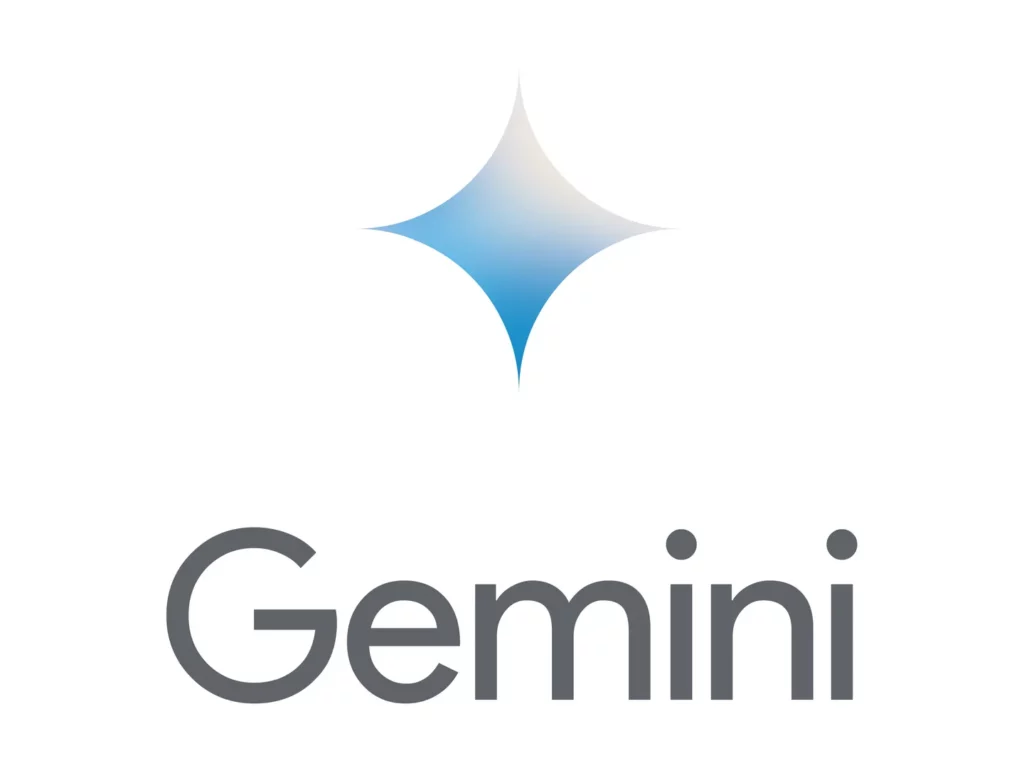Google’s Gemini is a groundbreaking language model that has garnered significant attention for its advanced capabilities and performance.
Developed by Google DeepMind, Gemini is a family of multimodal large language models that marks a significant step forward in AI technology.
Key features of Gemini 1.0
a) Multimodal capabilities
Unlike many of its predecessors, Gemini is designed to be natively multimodal. It can process and combine different types of information, including text, code, audio, images, and video.
This native multimodality allows Gemini to understand and reason about a wide array of inputs more seamlessly than existing models.
b) Three different sizes
Gemini is offered in three versions: Ultra, Pro, and Nano. Each is optimized for different uses.
Gemini Ultra is tailored for highly complex tasks, Pro for a wide range of tasks, and Nano for on-device tasks like those in smartphones.
Google Bard now leverages a fine-tuned version of Gemini Pro.
c) Technical specifications
Gemini models are based on a decoder-only Transformer architecture, efficient for training and inference on TPUs (Tensor Processing Units). They have a context length of 32,768 tokens and use multi-query attention.
The Nano versions are designed specifically for edge devices such as smartphones.
Performance and capabilities
Benchmark achievements
Gemini Ultra outperformed other leading models in various benchmarks. Notably, it achieved a 59.4% score on the MMMU benchmark, which tests performance on multimodal tasks requiring deliberate reasoning.
In comparison with GPT-4, Gemini Ultra generally outperformed GPT-4 in several areas, except in commonsense reasoning used for everyday tasks.
Advanced reasoning abilities
Gemini’s architecture allows it to perform sophisticated multimodal reasoning. This capability means it can make sense of complex inputs and generate comprehensive outputs across different modalities.
Deployment and applications
- Integration into Google Services: Gemini is integrated into various Google services, enhancing the capabilities of products such as Google Bard, and Google Assistant, and natively in devices like Google Pixel smartphones.
- Multilingual and multimodal data sets: The training of Gemini models involved diverse multimodal and multilingual data sets, which helps in understanding and generating content in multiple languages and formats.
Safety and bias considerations
- Responsible development: Google has emphasized the responsible development of Gemini, including extensive evaluation to limit the risk of bias and potential harm. This approach is crucial in addressing the challenges associated with large language models.
In summary, Google’s Gemini represents a significant advancement in the field of AI and large language models. Its sophisticated multimodal capabilities, ability to perform complex tasks, and integration into various Google services make it a notable development in the AI landscape.
As AI technology continues to evolve, models like Gemini are poised to play a pivotal role in shaping the future of AI applications, and even AGIs
.

